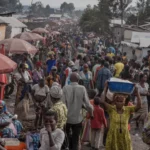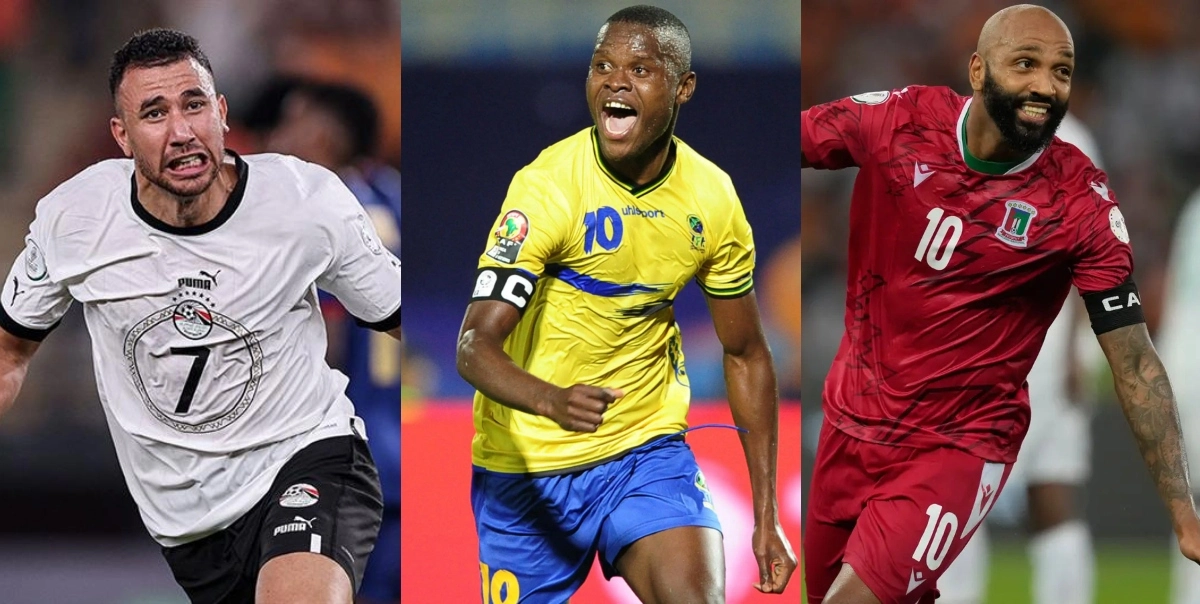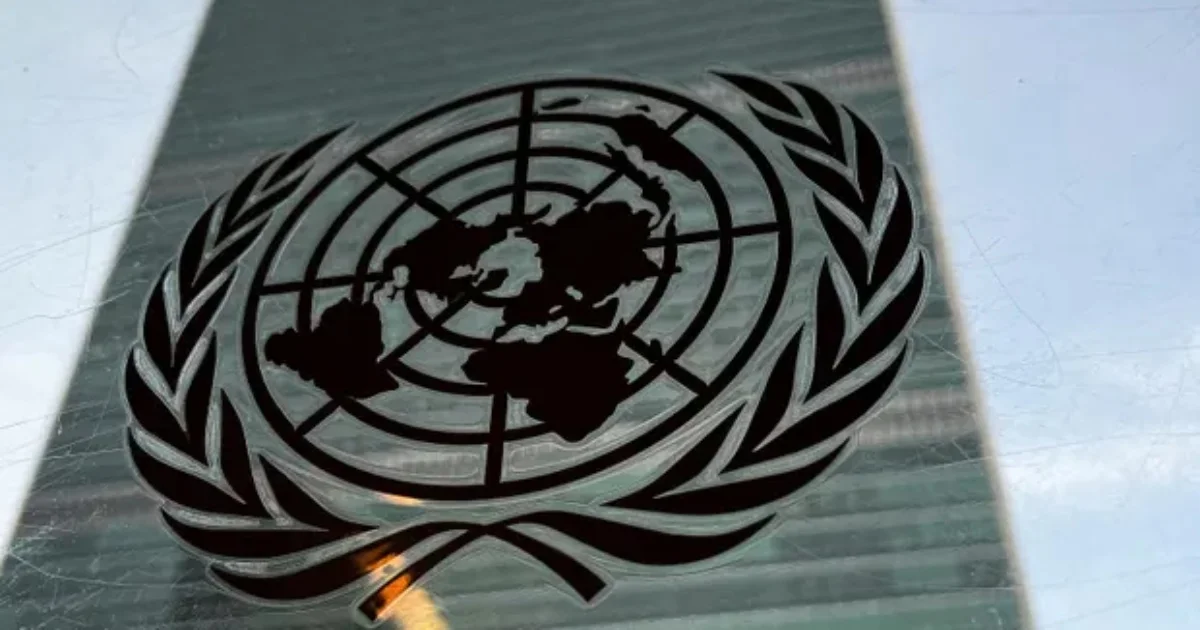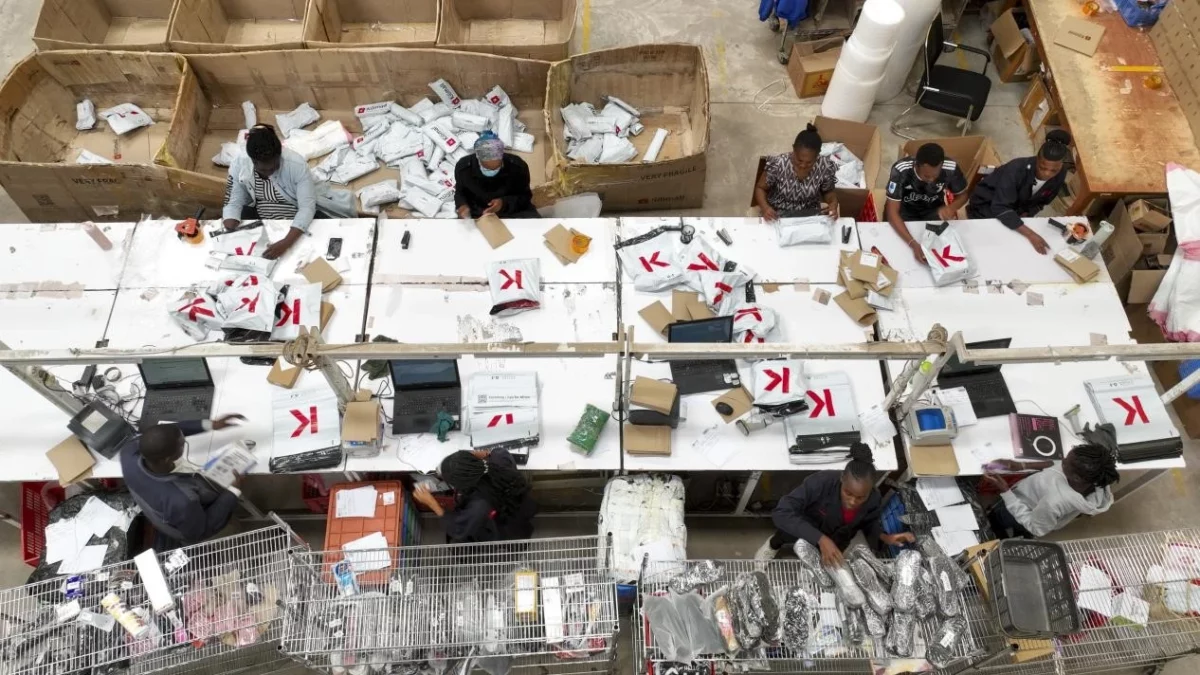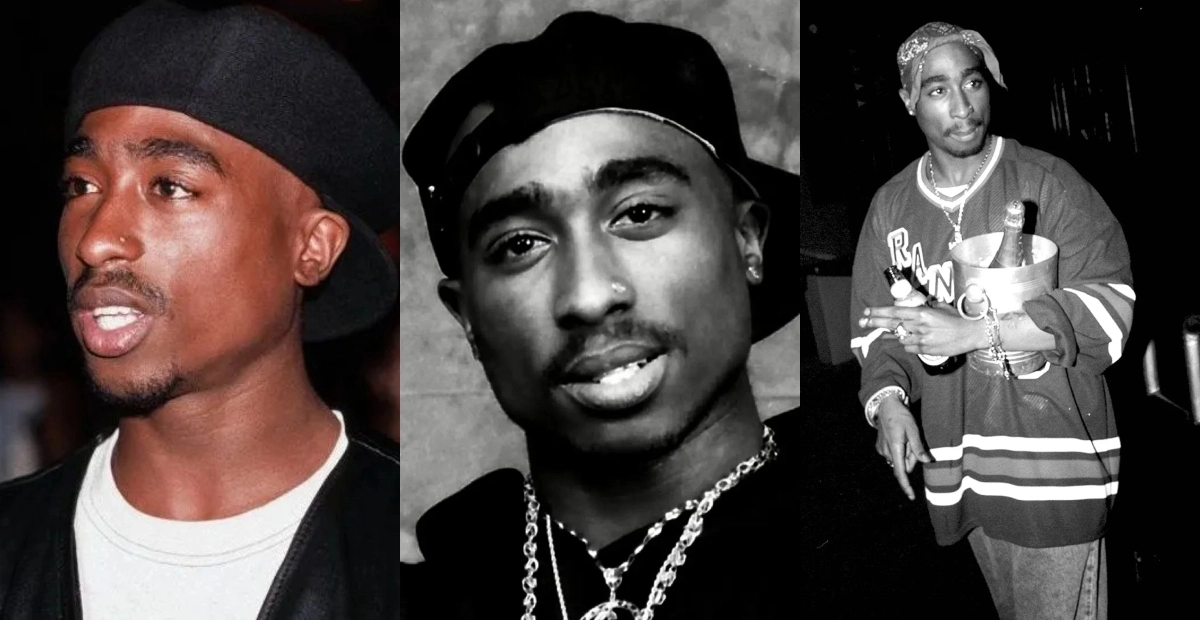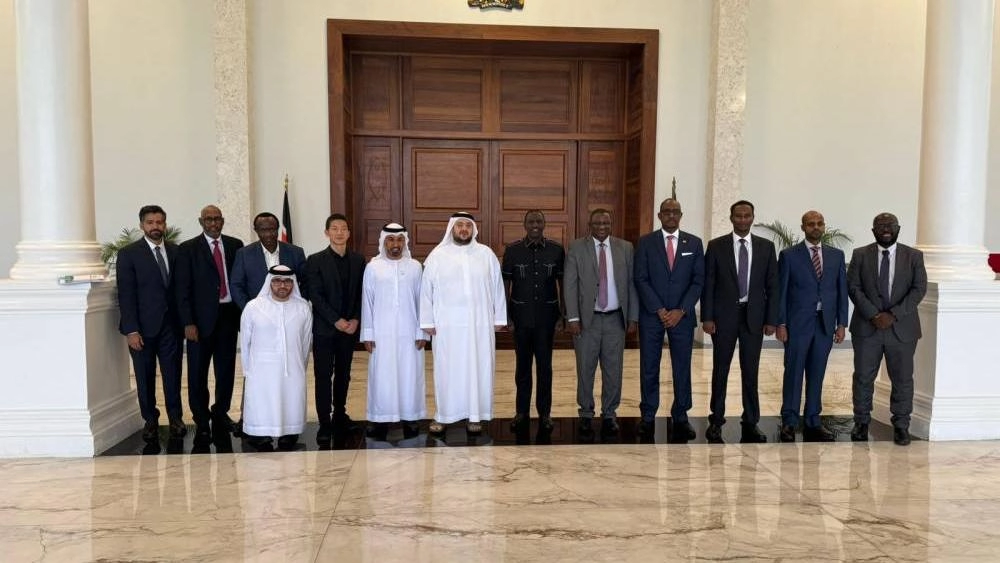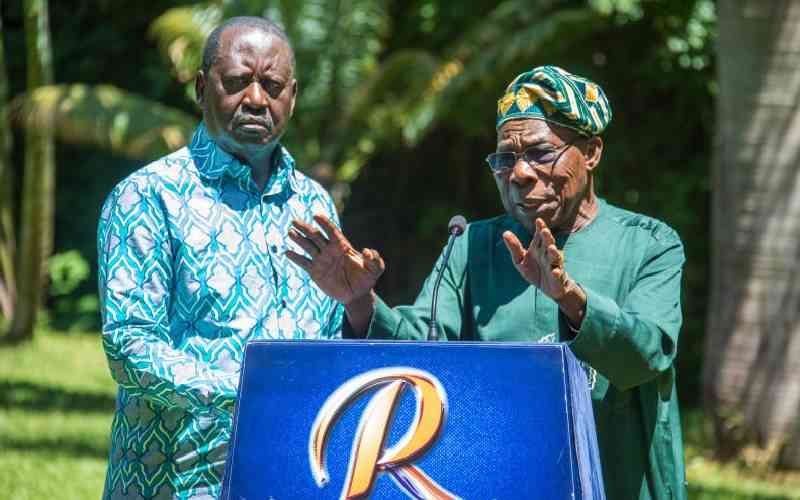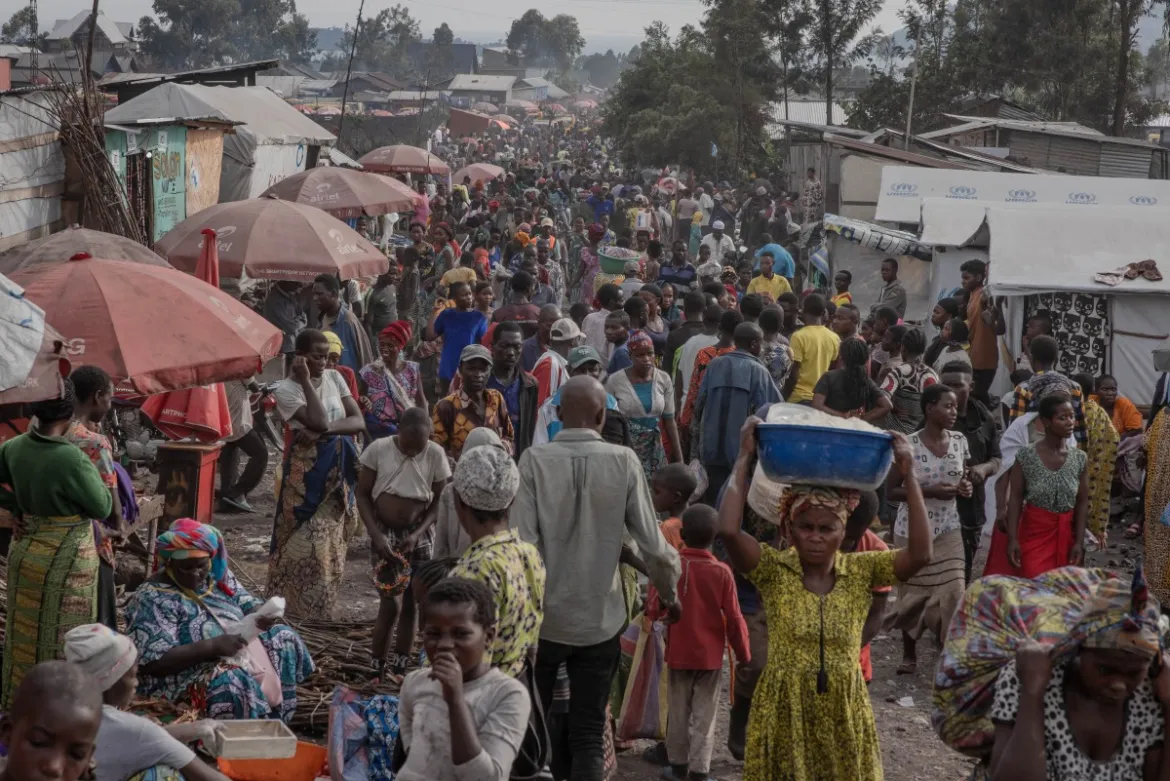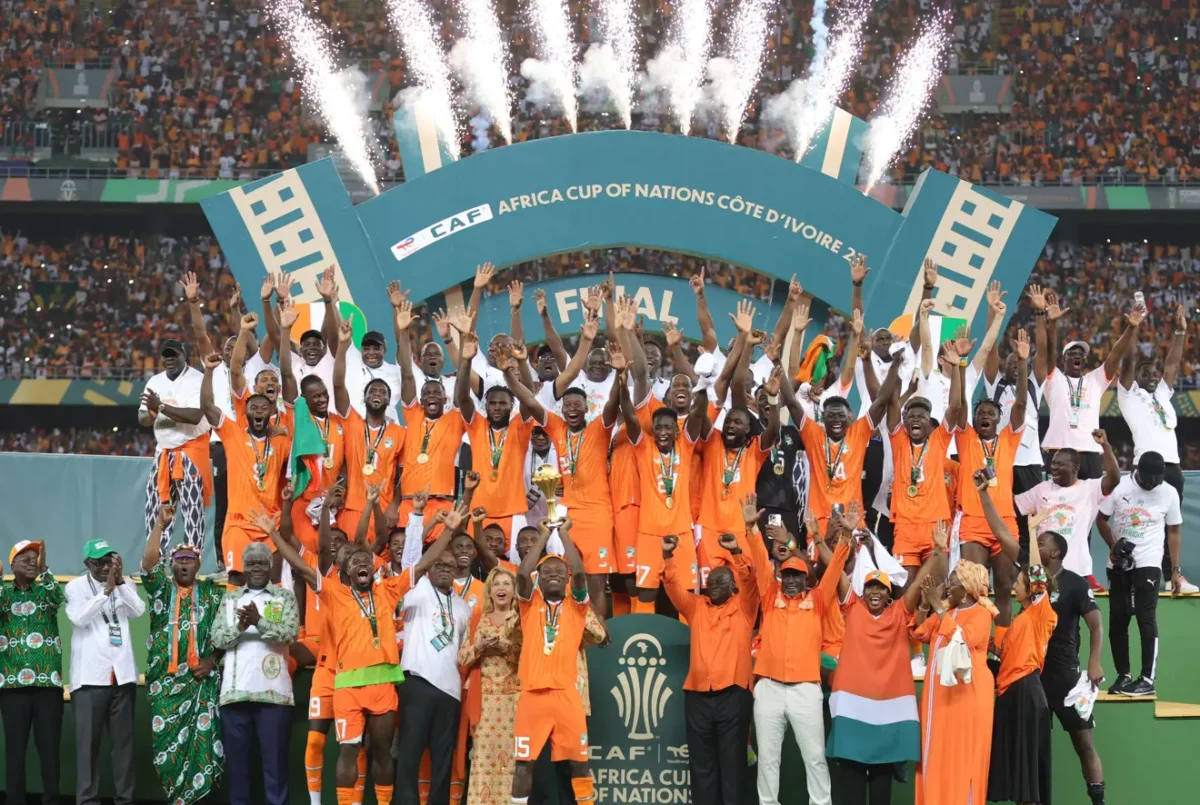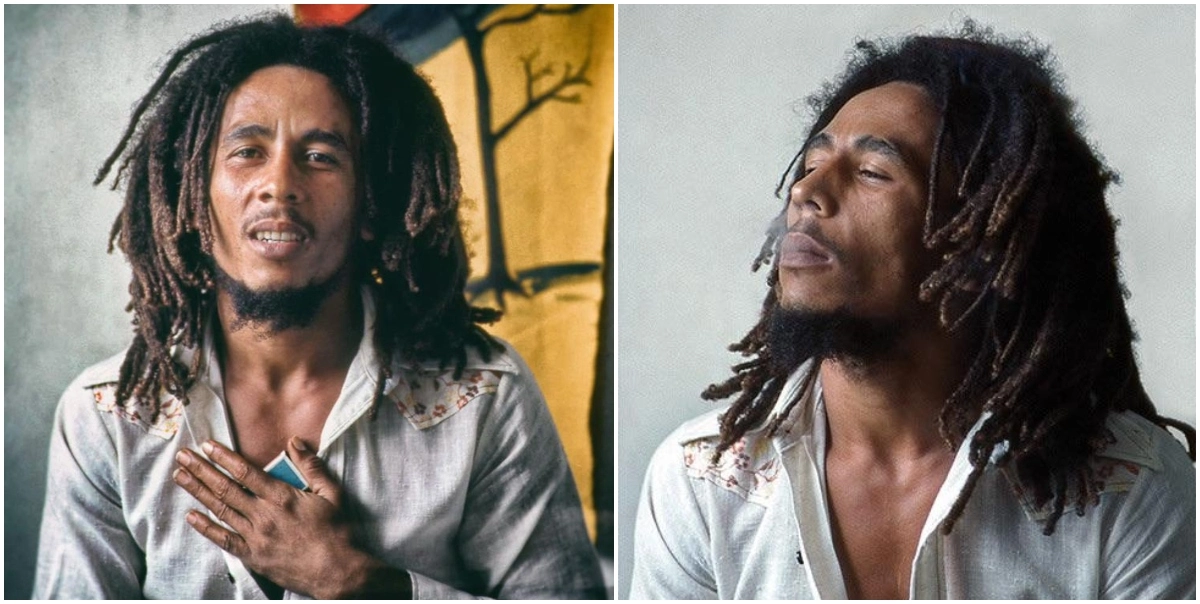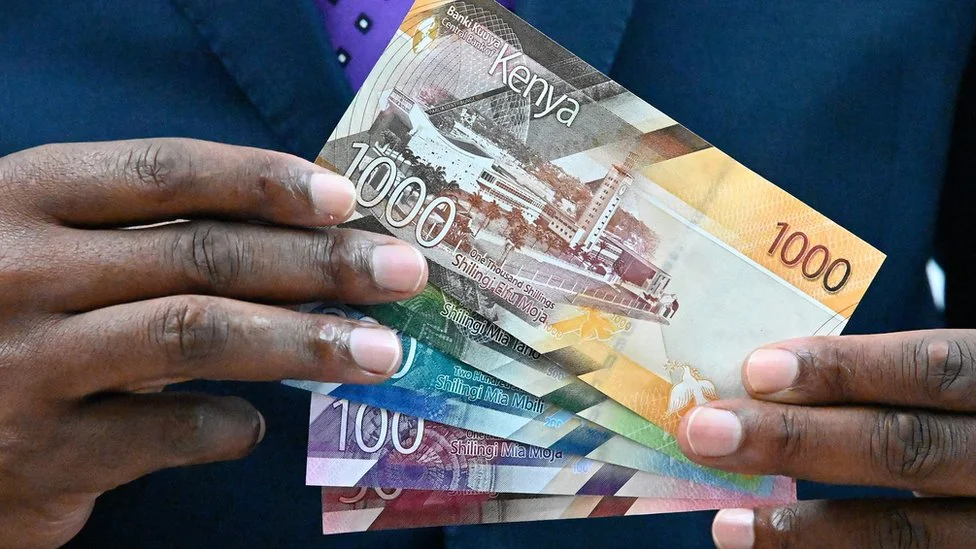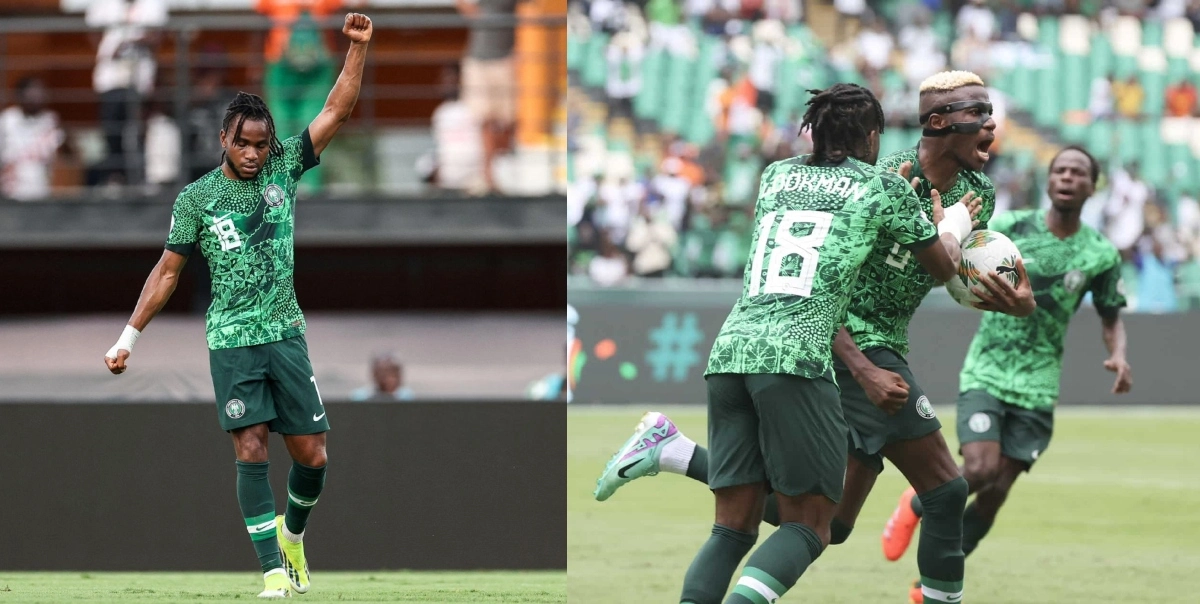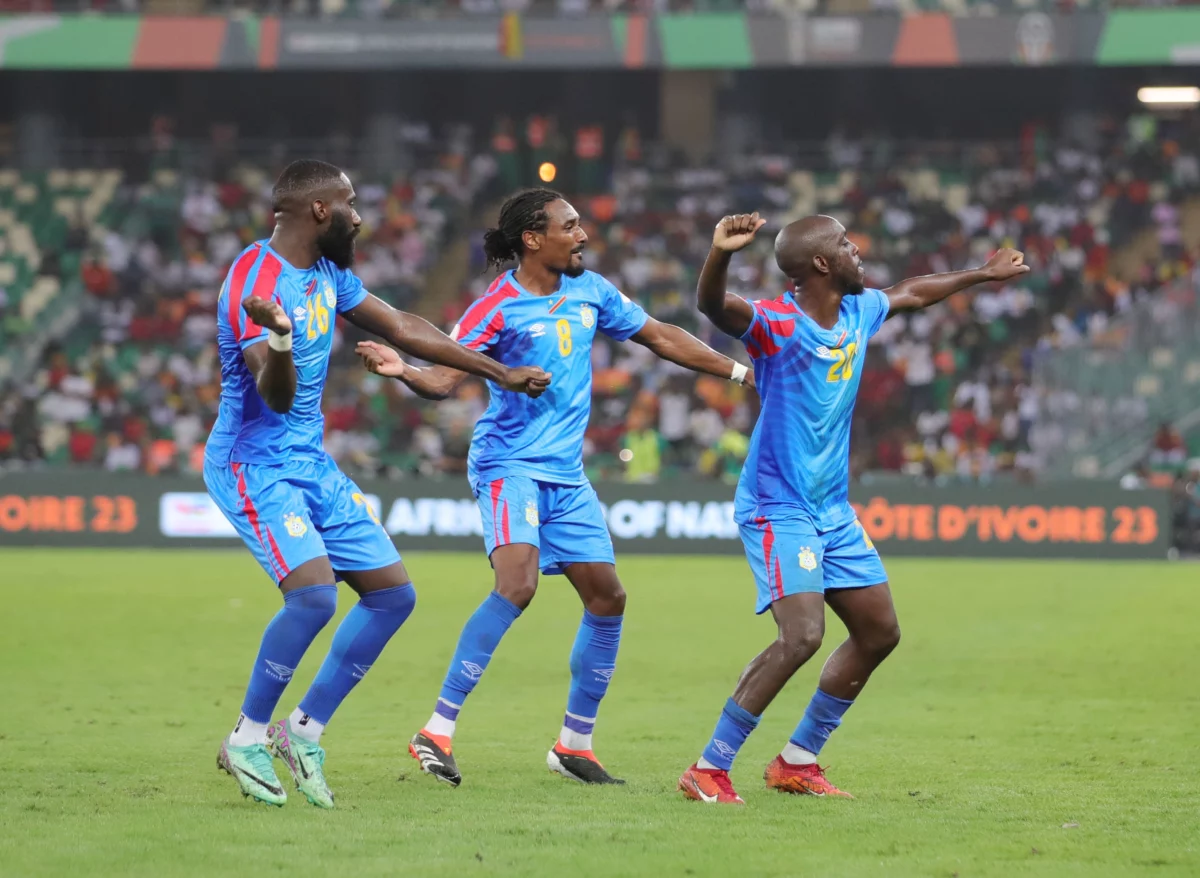Kenya has found itself entangled in a web of corruption and debt dependency that has left its citizens questioning the integrity of their government.
Two major dam projects, the Arror and Kimwarer dams, have cost the Kenyan government a staggering Ksh 63 Billion, despite never being built.
The Arror and Kimwarer dams were among the many alleged graft scams under the Jubilee administration
Read also: Who Owns Kenya: The Man Controlling Kenya’s Sugar Market
This scandal sheds light on the country’s slide into debt and raises serious concerns about the role of corruption in its political and business landscape.
![Residents of Keiyo South at the site identified for the construction of Kimwarer Dam. Photo/Standard]](https://news.switchtv.ke/wp-content/uploads/2023/09/stiv3xgfo0uxi5f80b4dd3eb68.webp)
The Failed Dam Projects
The Arror and Kimwarer dams were intended to provide power and water to half a million people in Kenya.
CMC di Ravenna, an Italian construction firm was commissioned for the job, and preparations were made, including the removal of trees and the displacement of around 800 people from the proposed flooded areas.
However, six years later, these dams remain nothing more than symbols of Kenya’s financial troubles, with limited benefits derived from the promised infrastructure.
Africa Uncensored, independent media outlet, conducted investigations that revealed mismanagement and efforts to conceal delays and escalating costs.
These findings have ignited concerns that corruption continues to be a pervasive issue in Kenya’s political and business spheres.
Political Involvement
Among those involved in the ill-fated dam projects was President William Ruto, the former deputy of Uhuru Kenyatta, who succeeded him as the leader.
President Ruto now seeks to revive the dams as part of a broader plan to enhance Kenya’s infrastructure and address the challenges of climate change.
![President William Ruto, Kenya [Image/File]](https://news.switchtv.ke/wp-content/uploads/2023/07/ruto-1-1.webp)
He argues that any payments related to the dams are insured, stating, “For every money that has been paid, we have a bank guarantee that no money will be lost.”
Ruto enlisted the expertise of Nairobi economist David Ndii to help find ways to resurrect dormant infrastructure projects without further increasing the country’s debt burden.
Debt Crisis Looms
Despite efforts to revive stalled projects, debt payments linked to post-2012 infrastructure development continue to burden Kenya’s government finances.
Between the commissioning of the Kimwarer and Arror dams to the cancellation in 2019, Kenya’s debt had gone from Ksh 4.1 Trillion to Ksh 5.6 Trillion.
![Kenya’s budget briefcase en route to parliament in Nairobi. But balancing the books is proving harder than ever. [Photo/Getty Images]](https://news.switchtv.ke/wp-content/uploads/2023/09/4950.webp)
Part of that rise was three loans worth Ksh 769.5 Billion with China’s Exim bank for the construction of a railway connecting the port of Mombasa with the capital, Nairobi.
Total public debt rose by a record Ksh 1.56 trillion in the financial year ended June 30 to Ksh 10.1 trillion, breaching a debt ceiling of Ksh 10 trillion, according to the data released on August 15, 2023.
“The increase in the public debt is attributed to external loan disbursements, exchange rate fluctuations, and the uptake of domestic and external debt,” the Treasury said.
In the fiscal year 2022-23, debt servicing alone accounted for a staggering 57% of government revenues, in stark contrast to the UK’s 9.6%.
![Cumulative external debt of Kenya 2020-2023 [Source/Statista]](https://news.switchtv.ke/wp-content/uploads/2023/09/Capture-1.webp)
Additionally, a Ksh 295.4 Billion loan funded through the London bond market is due for refinancing next year, further complicating the financial landscape.
A controversial finance bill was passed in June to increase tax revenues, with the additional income allocated to paying down debts and increasing infrastructure spending.
In the first year of the plan, Ruto’s budget reached Ksh 3.6 Trillion for the financial year 2023/2024, with Ksh 718.6 Billion financed through additional borrowing.
The Role of Corruption
Africa Uncensored reported “at least a decade of mismanagement of Kenya’s loans, shocking corruption, and debt dependency as told by auditors, analysts, and insiders.”
These reports unveiled a disturbing legacy of corruption that plagued the Kenyan government during the Kenyatta and Ruto era.
Edward Ouko, Kenya’s former auditor general, went as far as estimating that approximately 50% of Kenya’s debt could be attributed to corruption.
“You are asking me a ballpark calculation? I think it is about 50%,” Ouko asserted.
![From left, Susan Koech, principal secretary at the Ministry of East Africa Community, Kamau Thugge, principal secretary, and Henry Rotich cabinet secretary at the National Treasury at the Mililani law court in Nairobi, 23 July 2019. They denied fraud-related charges over contracts for the construction of the dams. [Photo/AP]](https://news.switchtv.ke/wp-content/uploads/2023/09/3417.webp)
A Different Economic Outlook
Kenya sinking into debt and corruption was not always its approach.
The country emerged from the 2008 financial crisis with sound finances and international approval from the likes of the International Monetary Fund and World Bank.
It was encouraged to fund infrastructure projects with low-interest loans from international investors.
Former President Kenyatta followed a two-pronged strategy to raise funds: raising loans in London with a strong credit rating and accepting funding offers from Chinese banks as part of the Belt and Road initiative.
However, these sources of funds came with substantial costs, as the investigations have revealed.
![Former President Uhuru Kenyatta, Kenya [Photo/File]](https://news.switchtv.ke/wp-content/uploads/2022/08/Biden-to-meet-with-Kenya-President-Uhuru-Kenyatta-at-White-House-1-1024x853.webp)
The Future of the Dam Projects
Despite prosecutors issuing warrants against Paolo Porcelli, an executive of the Italian firm CMC di Ravenna in 2019, President Ruto plans to revive the Arror and Kimwarer dams.
Questions loom over the contracts, sums of money involved, and the role of the Italian government in demanding insurance payments.
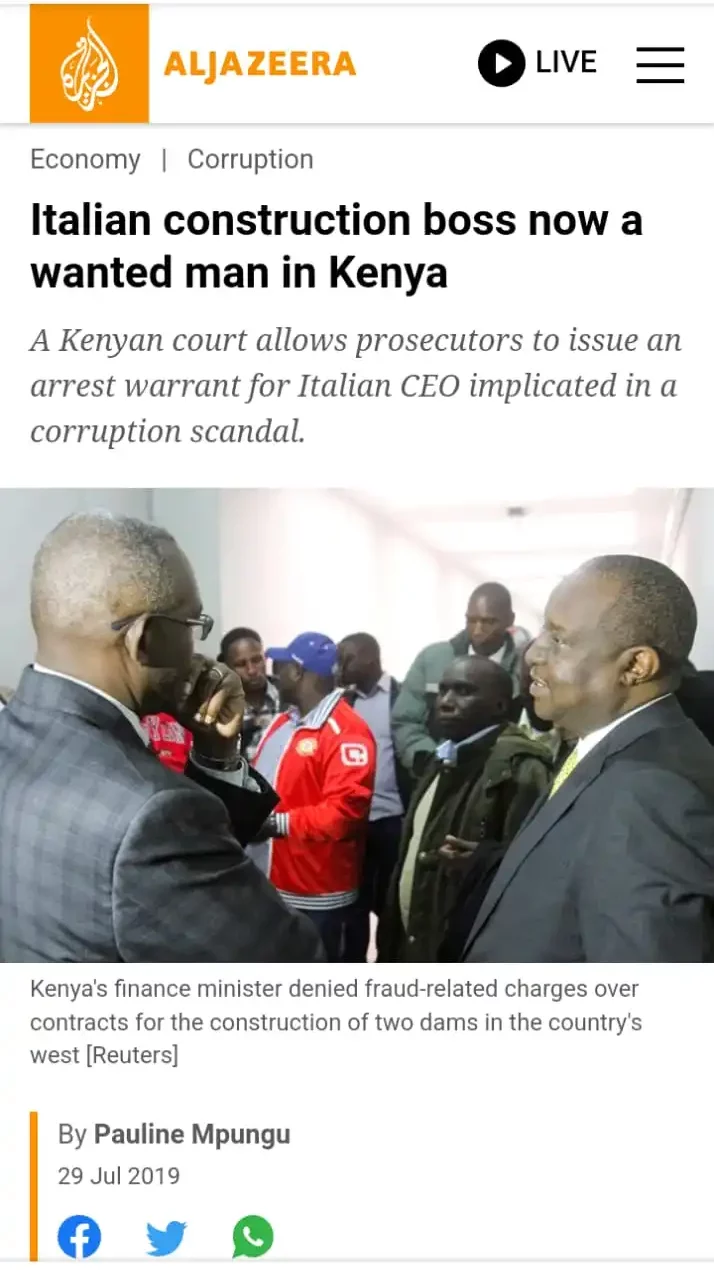
Former director of public prosecutions, Noordin Haji, sought Porcelli’s extradition to face corruption charges in the Arror and Kimwarer scandal, but many of the charges were subsequently suspended.
Despite all these President Ruto has placed Haji in charge of the National Intelligence Service.
![Former Director of Public Prosecutions (DPP) Noordin Haji taking oath of office at State House as the new National Intelligence Service director on June 14, 2023 [Photo/File]](https://news.switchtv.ke/wp-content/uploads/2023/06/Noordin-Haji.webp)
Despite all these, shortly after a meeting with Italian President Sergio Mattarella, Ruto’s cabinet approved the resumption of the Arror and Kimwarer dam projects.
How much of the former deal will be investigated is another matter.
![Ruto with Italian president, Sergio Mattarella, at State House in Nairobi during a state visit. [Photo/Courtesy of PCS]](https://news.switchtv.ke/wp-content/uploads/2023/09/1600.webp)
To Sum it all
Kenya’s dam scandal serves as a stark reminder of the corrosive effects of corruption and mismanagement on a nation’s finances and aspirations.
Subscribe to Switch TV
As President Ruto attempts to revive these projects and steer Kenya towards a brighter future, the country finds itself at a critical juncture, balancing the need for development with the burden of mounting debt and a troubled history of financial misconduct.
The nation watches with bated breath as Kenya’s leaders chart their course in this loud sea of controversy and ambition.


![Uhuru China Trip [photo/The star]](https://news.switchtv.ke/wp-content/uploads/2023/09/unnamed-_1_.webp)

